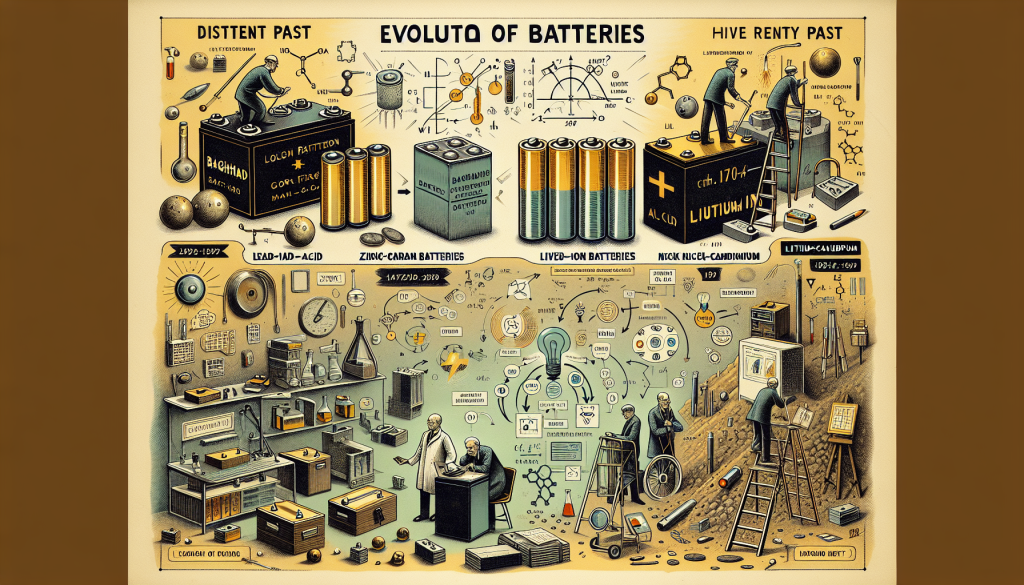
The Battery Revolution: What’s Next After Lithium-Ion?
In recent years, the battery industry has been dominated by one technology: lithium-ion. From smartphones to electric cars, lithium-ion batteries have been the go-to power source for our increasingly tech-driven world. However, as our reliance on batteries grows, concerns have arisen about their environmental impact and limited lifespan. This has led to a battery revolution, with researchers and companies exploring alternative technologies that could potentially replace lithium-ion as the next big thing in the energy storage sector.
The Rise of Lithium-Ion
First introduced commercially in 1991, lithium-ion batteries quickly became the standard for portable electronics due to their high energy density, low self-discharge rate, and no “memory effect”. This allowed devices to be charged and discharged multiple times without affecting battery life. As technology advanced, lithium-ion batteries became the power source of choice for electric and hybrid vehicles, as well as renewable energy storage systems.
However, with this widespread adoption comes some drawbacks. The primary material used in lithium-ion batteries, cobalt, is a limited resource and its mining has negative environmental and human rights impacts. Furthermore, continuous charging and discharging eventually degrade the battery’s performance, leading to shorter lifespans and disposal issues.
Exploring Alternatives
In light of these concerns, researchers and companies have been actively searching for alternatives to lithium-ion batteries. One promising candidate is the solid-state battery, which uses a solid electrolyte instead of the liquid electrolyte found in traditional lithium-ion batteries. This improves safety and also allows for the use of more abundant and affordable materials like sodium or potassium, reducing environmental impacts.
Another potential game-changer is the metal-air battery, which uses oxygen from the air to react with a metal anode and generate electricity. This technology has a significantly higher energy density compared to lithium-ion and could potentially lead to longer-lasting and more efficient batteries.
Challenges Ahead
While these alternative technologies show promise, there are still challenges to overcome before they can be widely adopted. Solid-state batteries are currently more expensive to produce and have lower energy density compared to lithium-ion. Metal-air batteries, on the other hand, face challenges such as durability and safety concerns. Additionally, it will take time and a significant investment to scale up production and infrastructure to support these new battery technologies.
The Future of Batteries
So, what’s next after lithium-ion? It’s difficult to predict which technology will emerge as the new standard for energy storage, but it’s clear that the industry is pushing towards more sustainable and efficient solutions. With advancements in materials, production methods, and infrastructure, we could very well see a battery revolution in the near future.
The battery revolution is not just about finding a replacement for lithium-ion, but also about creating a more circular and sustainable battery industry. It’s an exciting time for innovation and as consumers, we can look forward to a greener and more efficient future powered by batteries.
In conclusion, while lithium-ion technology has served us well, its limitations and environmental concerns have sparked a battery revolution. With emerging technologies like solid-state and metal-air batteries, the future of energy storage looks bright, and we may soon bid farewell to lithium-ion and welcome a new era of batteries.
